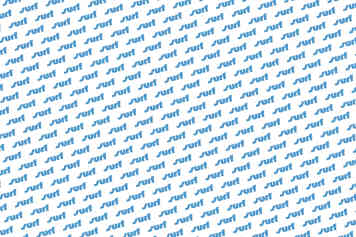
Peter Thommen is one of the best-known shapers on the scene, shaping classics such as the F2 Sputnik and for professionals such as Dunkerbeck & Co. The current shapes from his label "Thommen Sailboards", on the other hand, are fully geared towards hobby surfers. He reveals in an interview why a step backwards can also be a step forwards.
Peter, you favour a longer length for your shapes compared to other boards in this segment. In your opinion, what is the advantage of classic stretched shapes?
As is so often the case, the viewing angle is crucial. We are talking about boards that are 255 or 265 centimetres long. This corresponds to lengths that were still in line with the times 15 years ago for wave boards, the shortest type of board. Slalom and freeride boards were up to three metres long, beginner boards were slightly longer. However, why more length? Gliding is when the board overtakes its own bow wave. Before gliding, the board is in the displacement phase, pushing water in front of it and to the side. The more the underwater hull is bent upwards, the more water is pushed, the higher the bow wave becomes and the more power is needed to overcome it. If I can distribute the curve in the underwater hull over a longer distance, I automatically achieve a flatter angle of incidence of the board to the water surface. As a result, I push less water and the transition from the displacement phase to the planing phase requires less power and less technique. In addition, a longer board is not as sensitive to incorrect loads on the bow or stern.
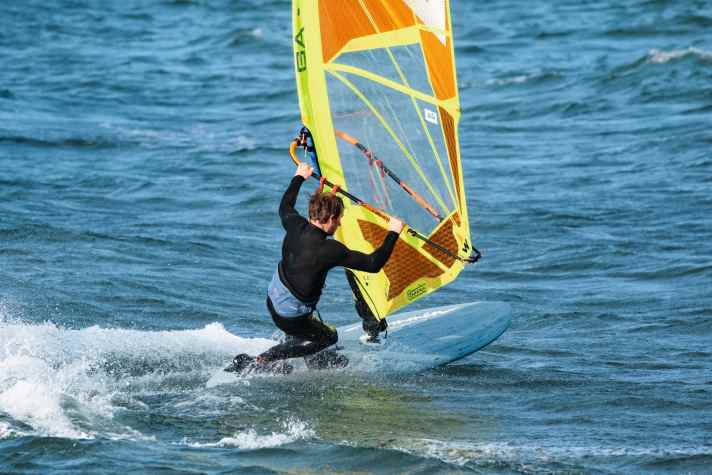
The Glide and Ride models have channels built into the underwater hull in the longitudinal direction. What is the idea behind this?
The two internal concaves make the rocker line in the centre section even more elongated. The water flow is also channelled under the board along its longitudinal axis, which produces more lift. The concaves are also helpful in breaking the water surface at various points, the board then dives more gently into choppy waves and hits less hard.
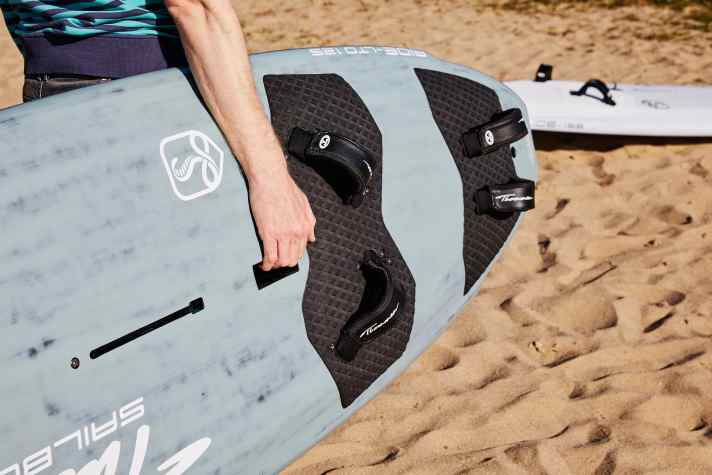
You combine comparatively thin edges with greater thickness in the centre area. Why is that?
Thinner rails logically have less volume and, when canted up, less surface area. They are easier to push into the water than fat rails and are generally easier to control.
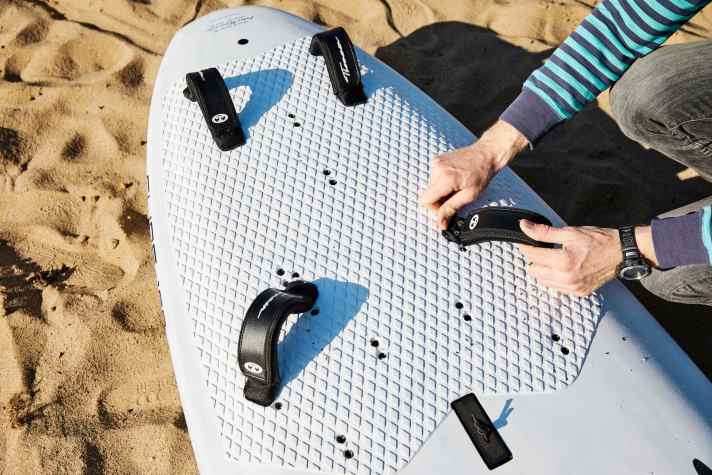
Why are your boards ridden as thrusters? What function do the outer fins have and why can you equip your shapes with comparatively short fins?
The thruster configuration is above all a pragmatic answer to a practical problem: when many customers are travelling in shallow waters or in areas with sandbanks, a few centimetres more or less draught can be decisive. The boards therefore work both as single fins and as thrusters. The thruster configuration is also interesting for beginners and intermediates: it offers more lateral surface area than a single fin, requires less speed to become really active and develops less leverage that needs to be controlled. About the fin size: These boards glide on a longer active gliding surface than modern slalom boards. The foot straps are also positioned further forwards. The fin is primarily used as a control element and not for the lift of the board, so it can be smaller and is therefore easier to control. You therefore don't need a perfectly honed riding technique to use these boards.
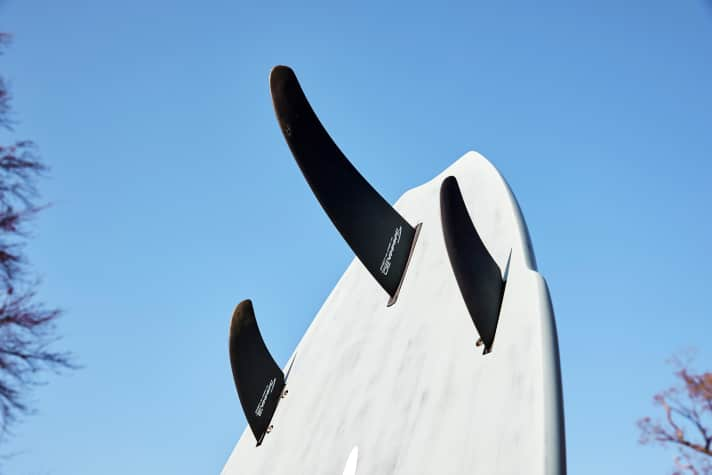
Find out whether Peter Thommen's shape philosophy works and how the boards ride in surf issue 6-2020. Missed this issue? Then you can reorder this and many other print and digital issues at https://www.delius-klasing.de/surf
You can find the manufacturer's website here: https://sailboards.thommen1.com
